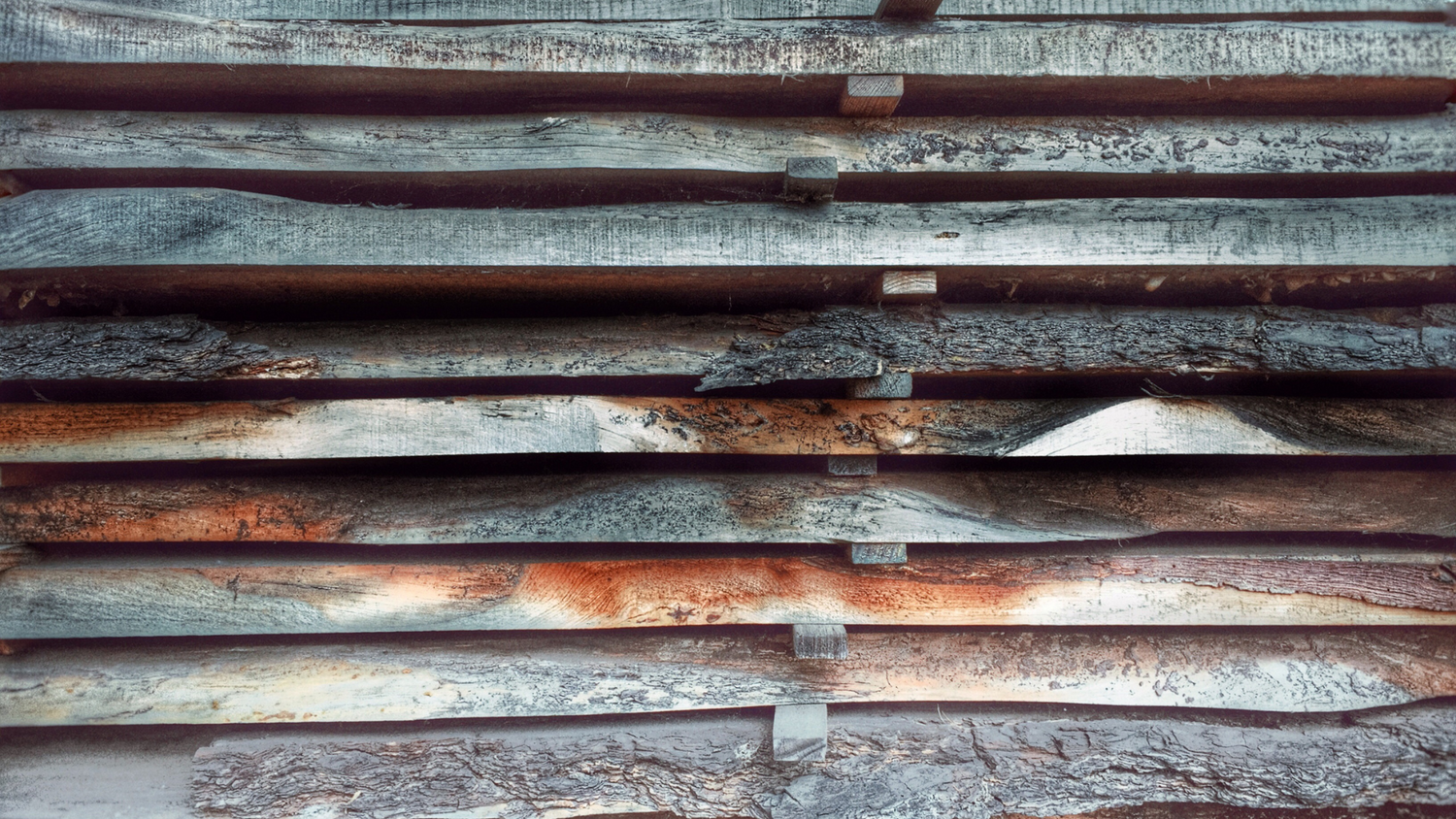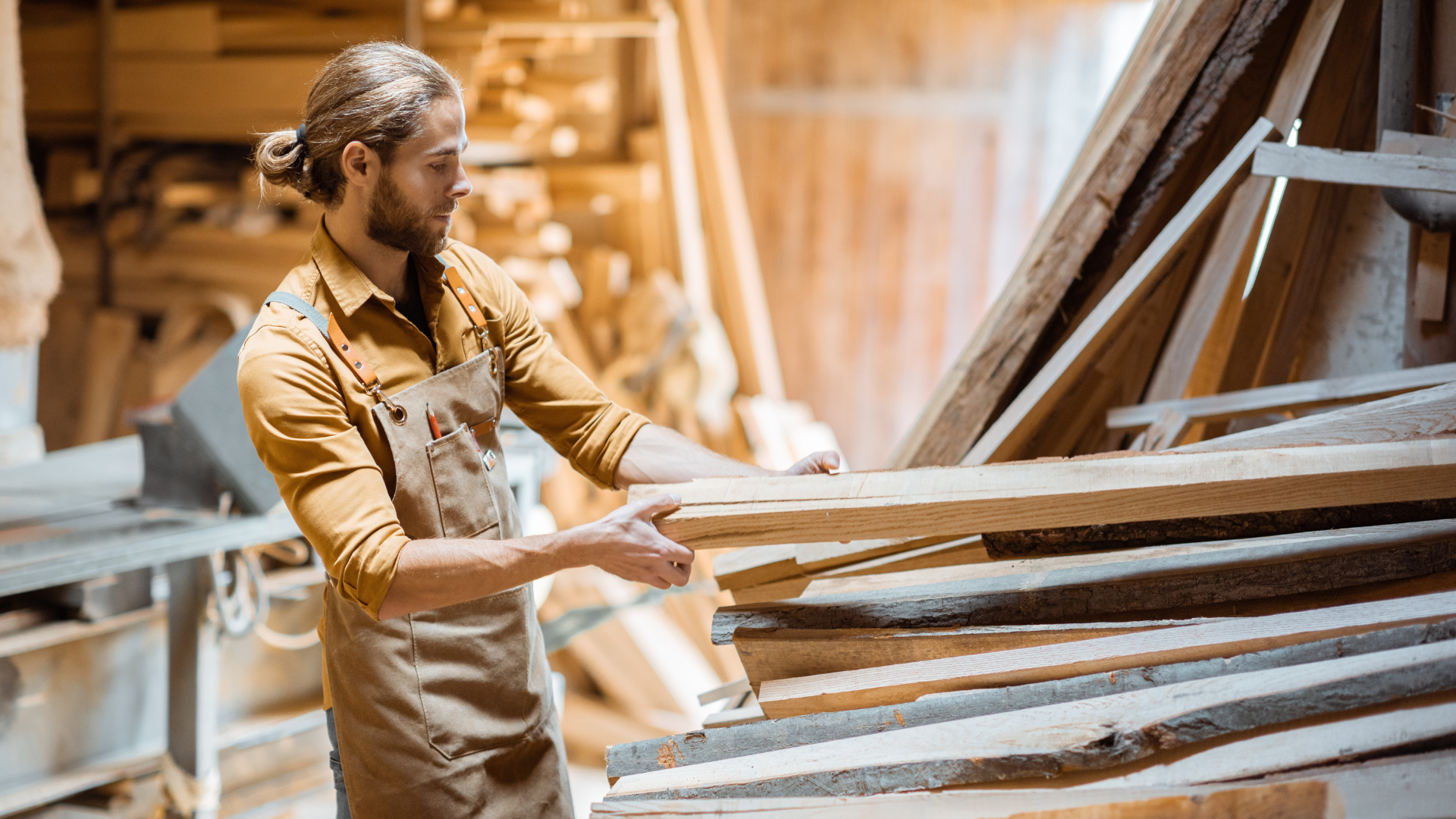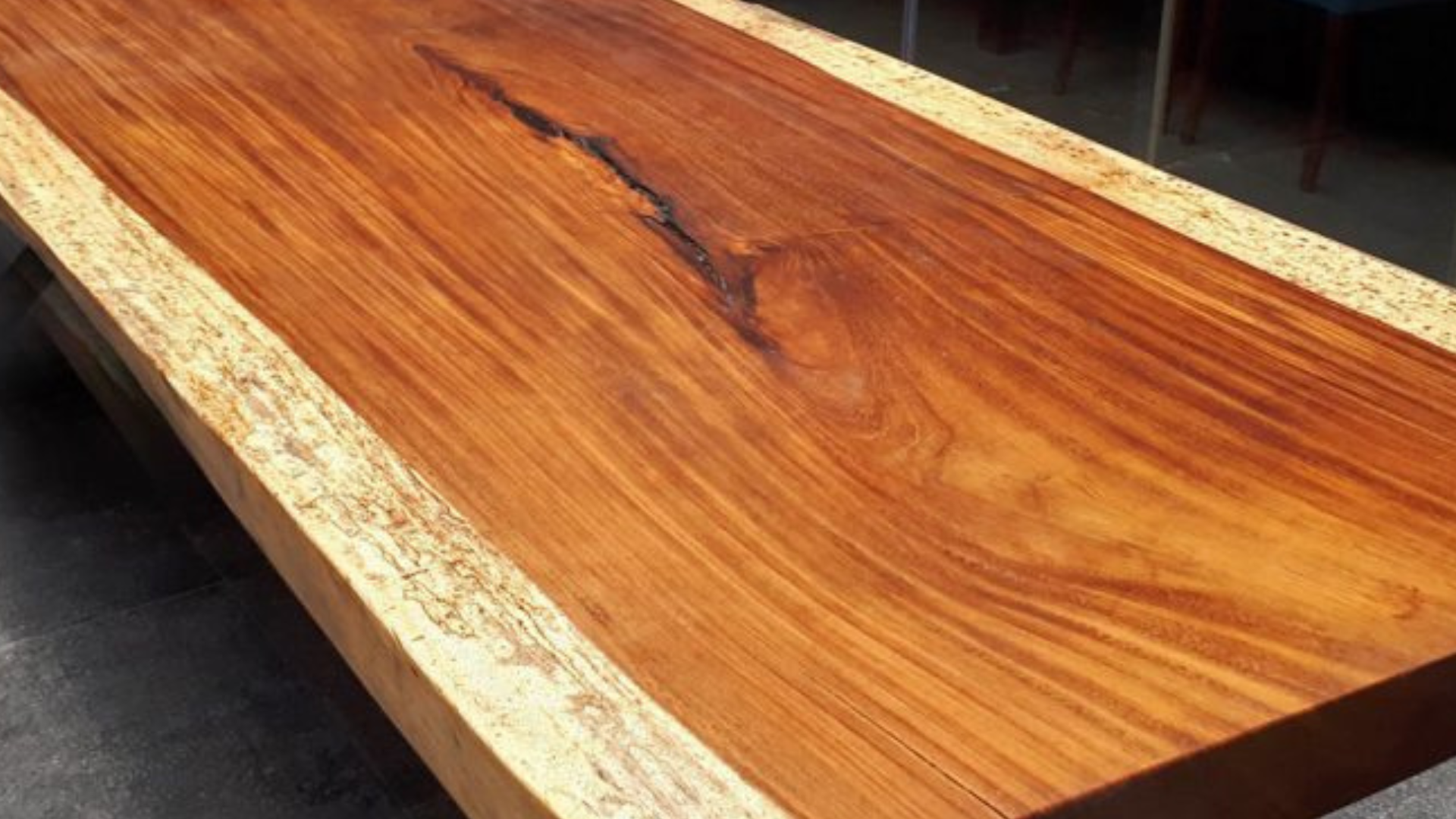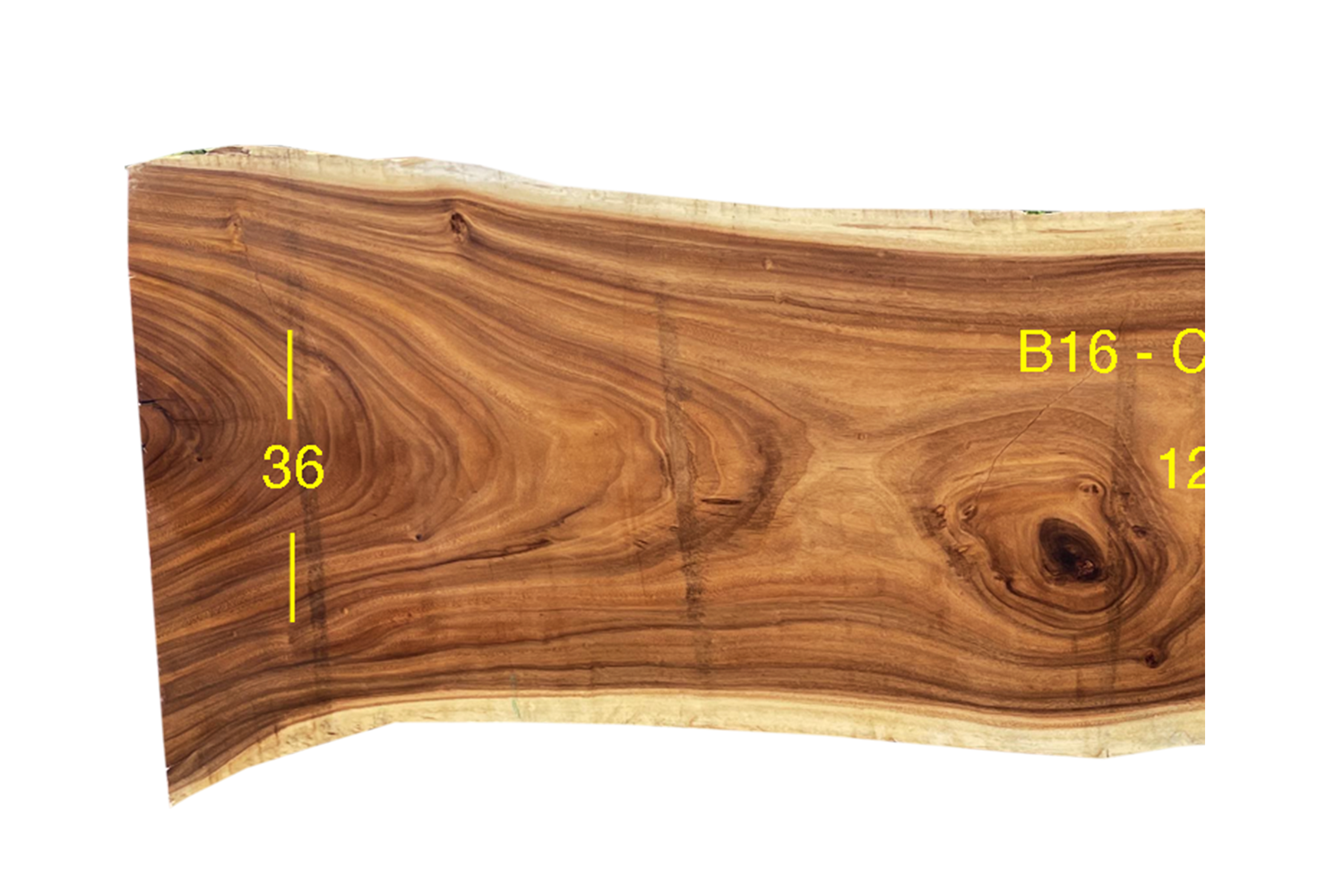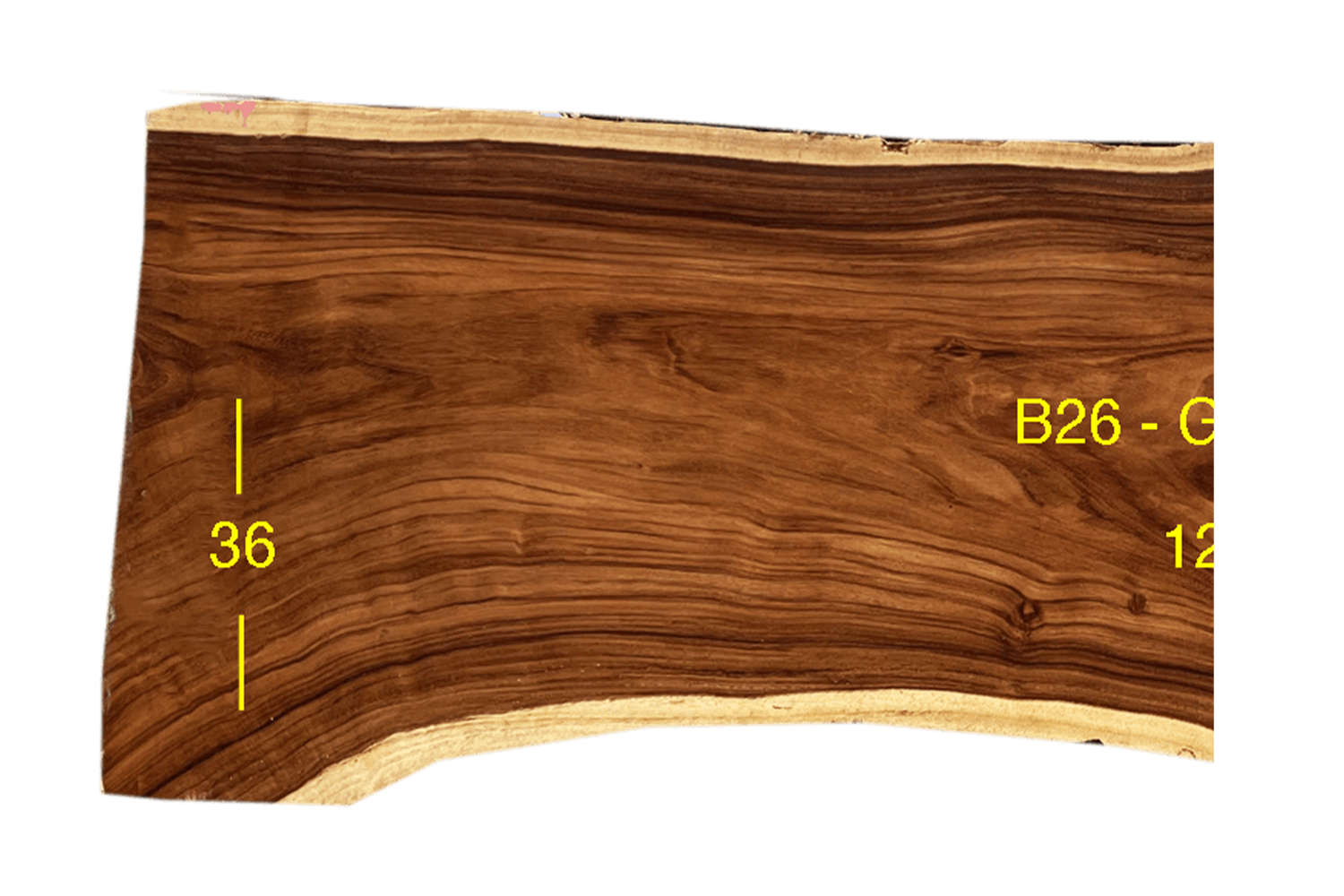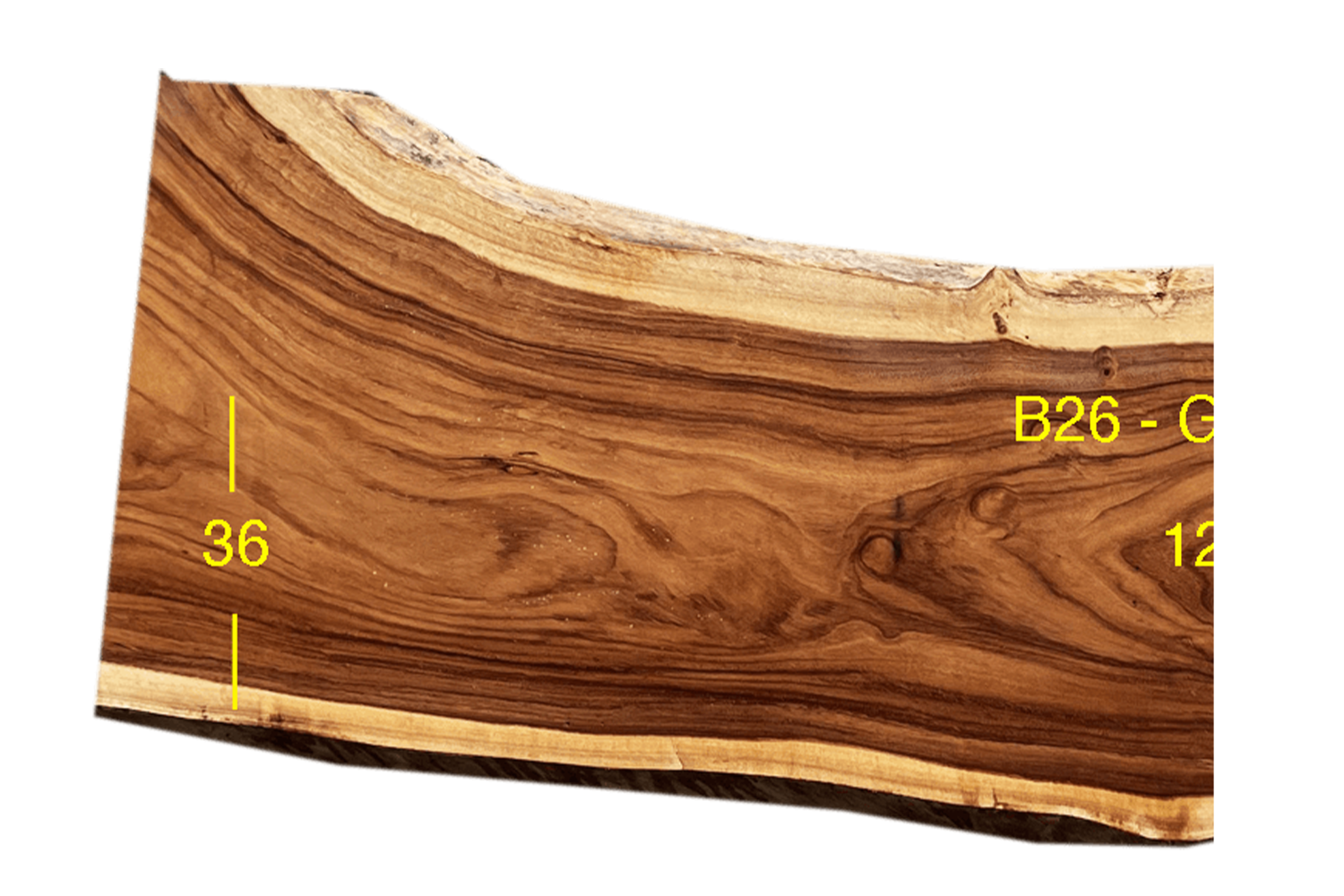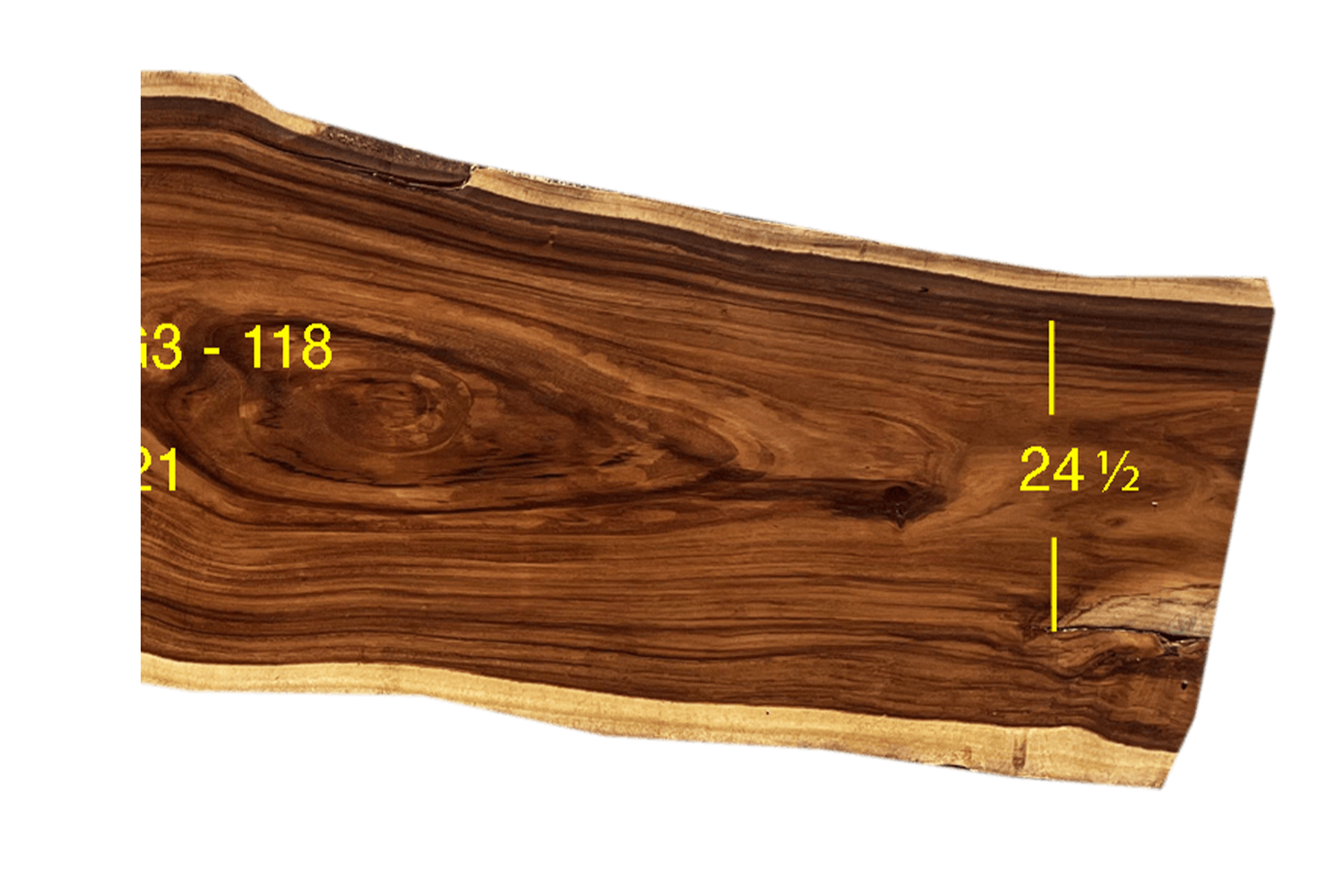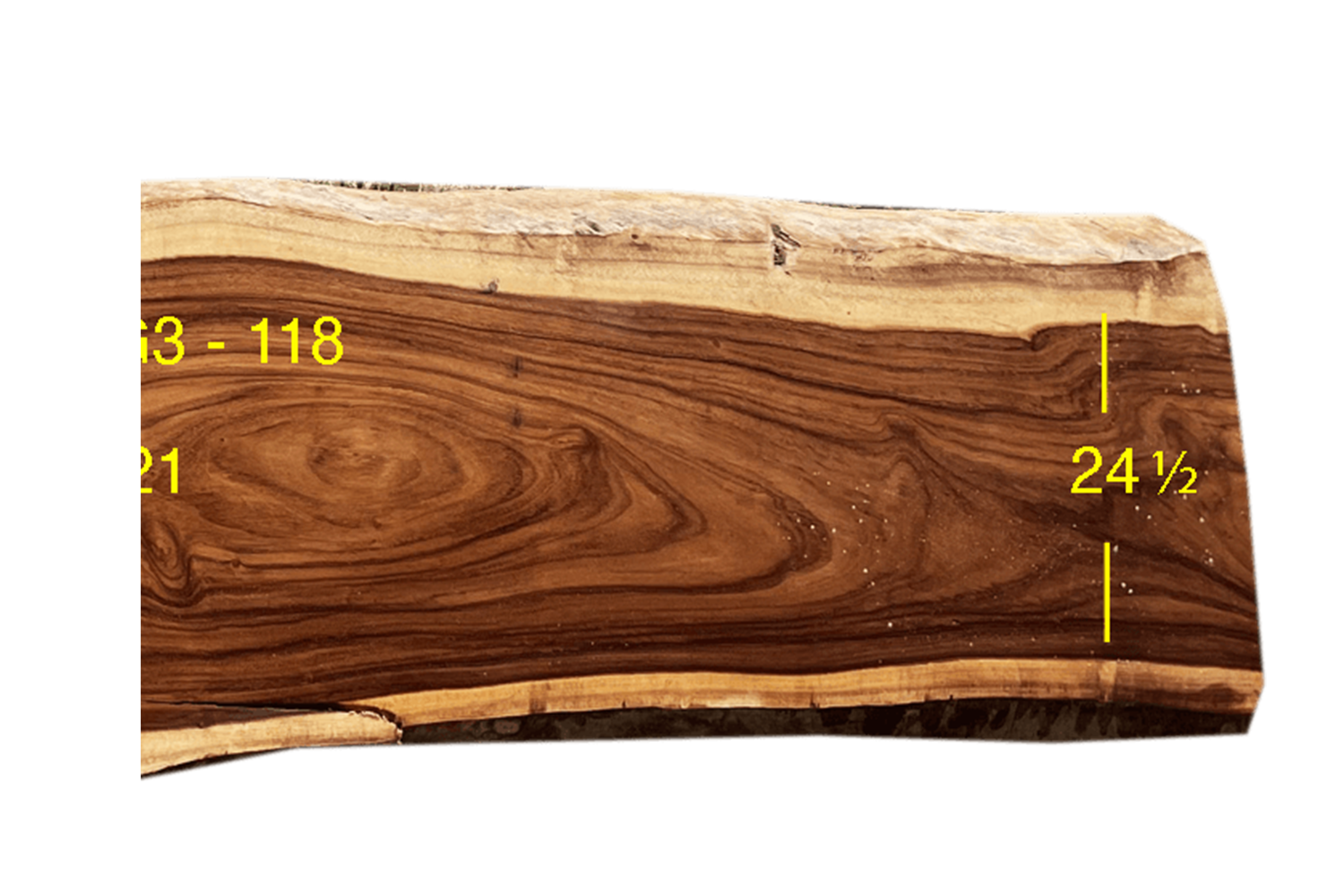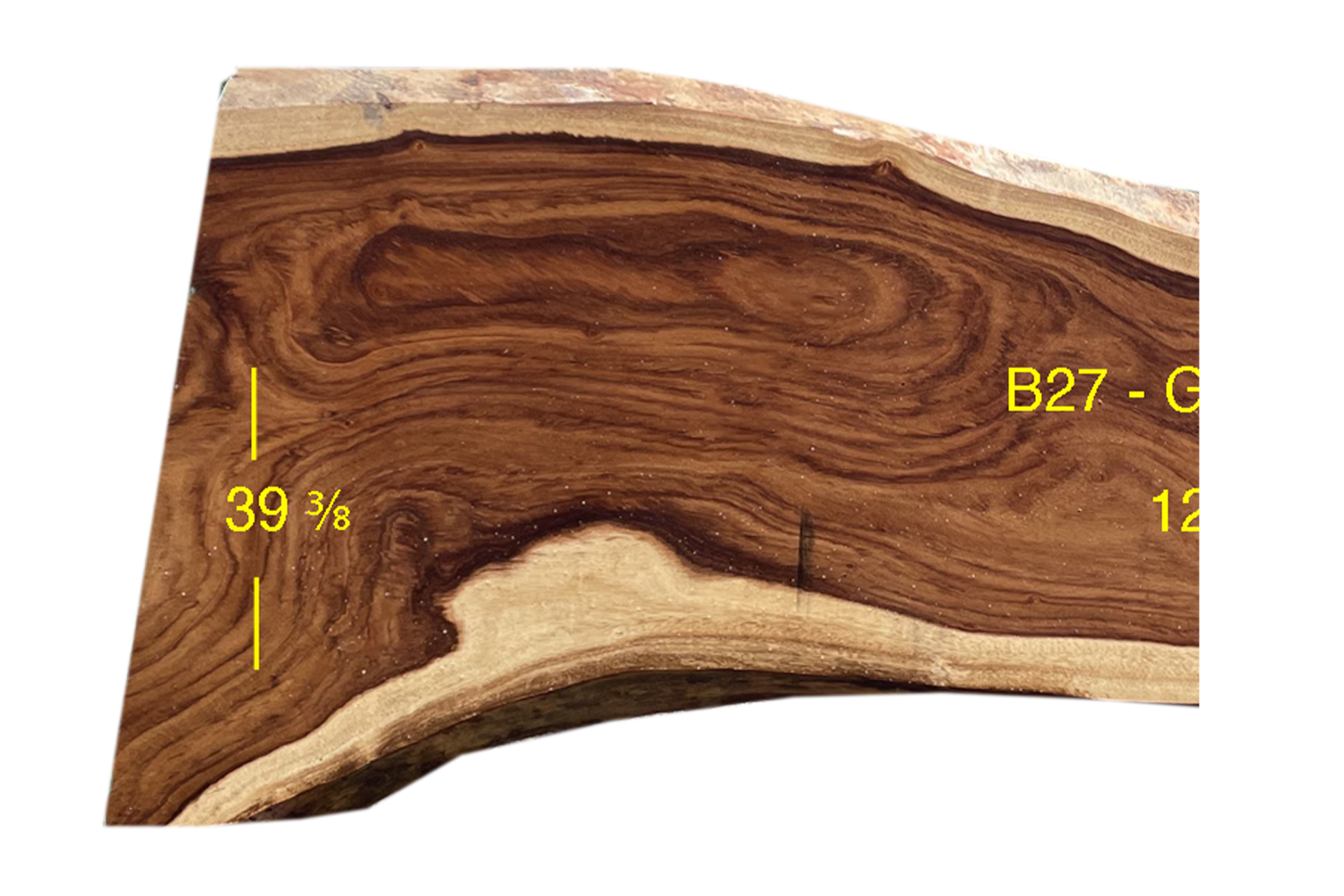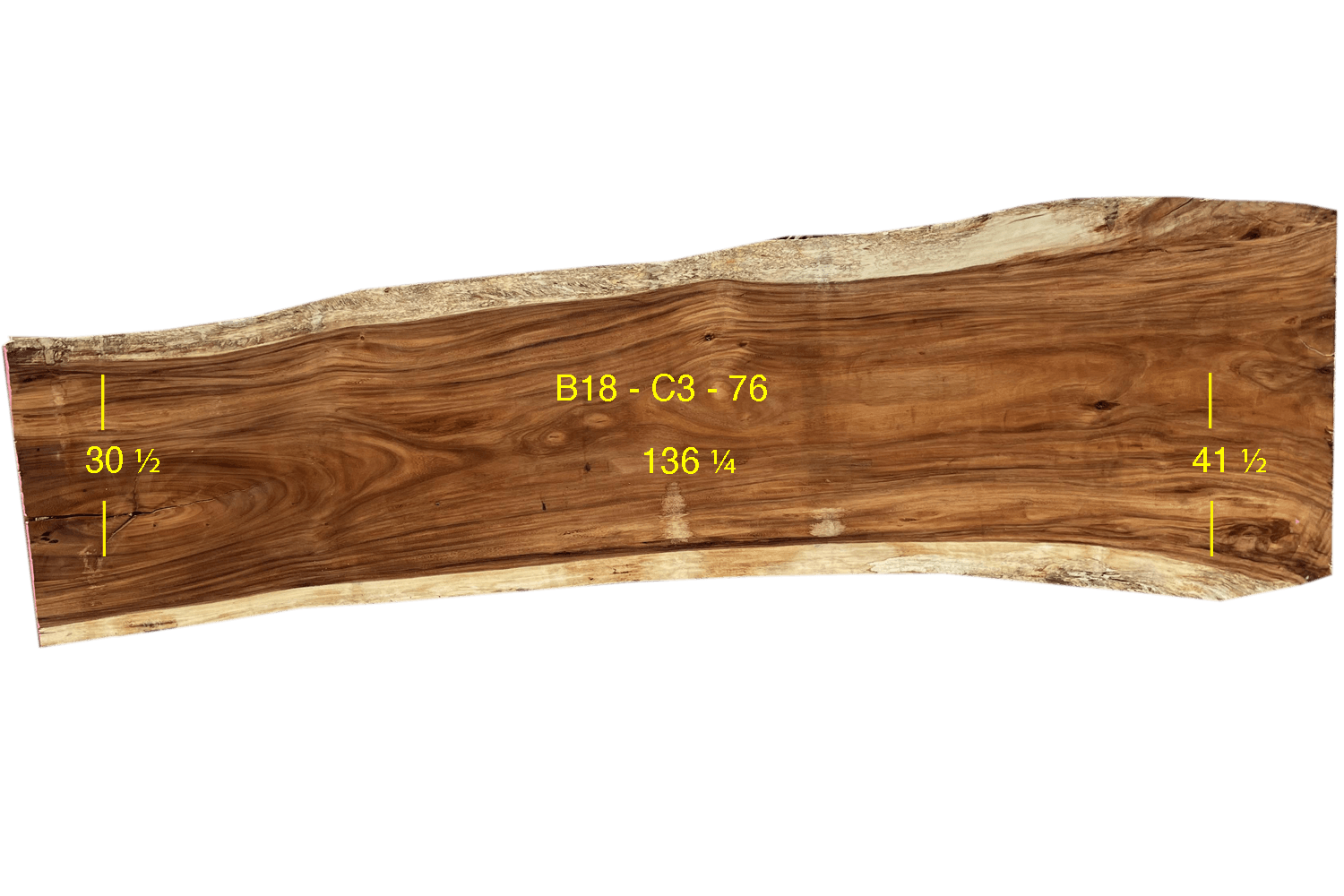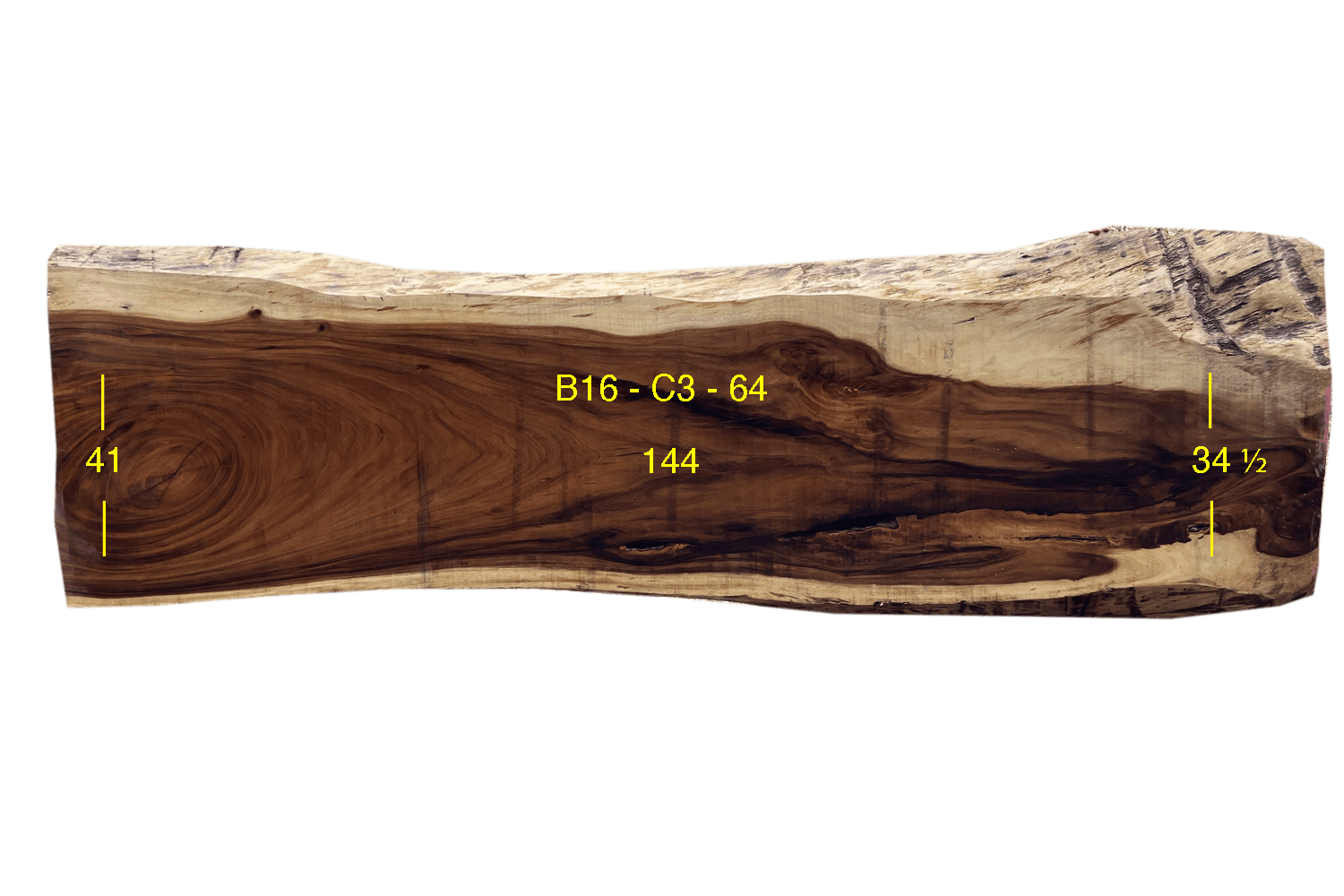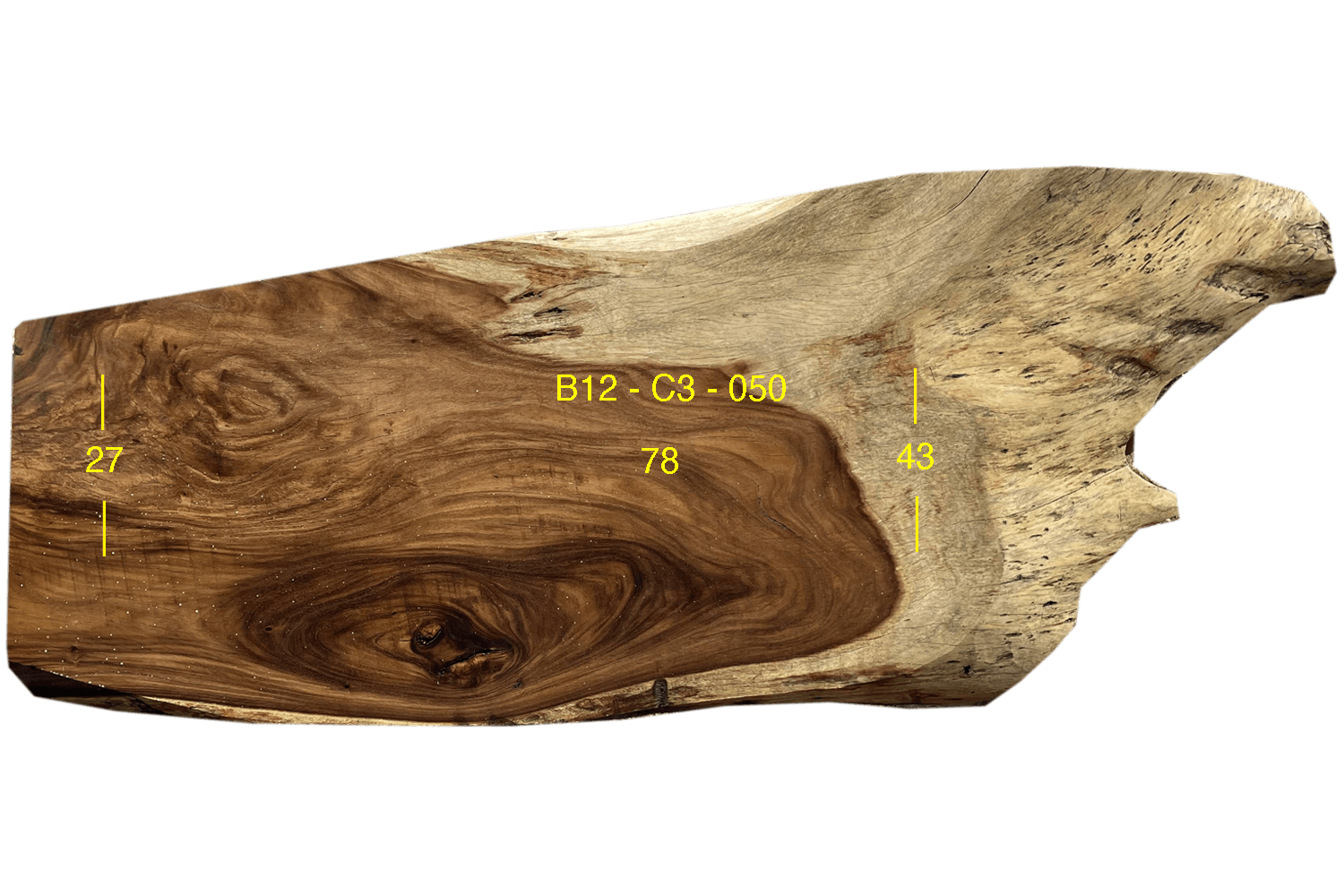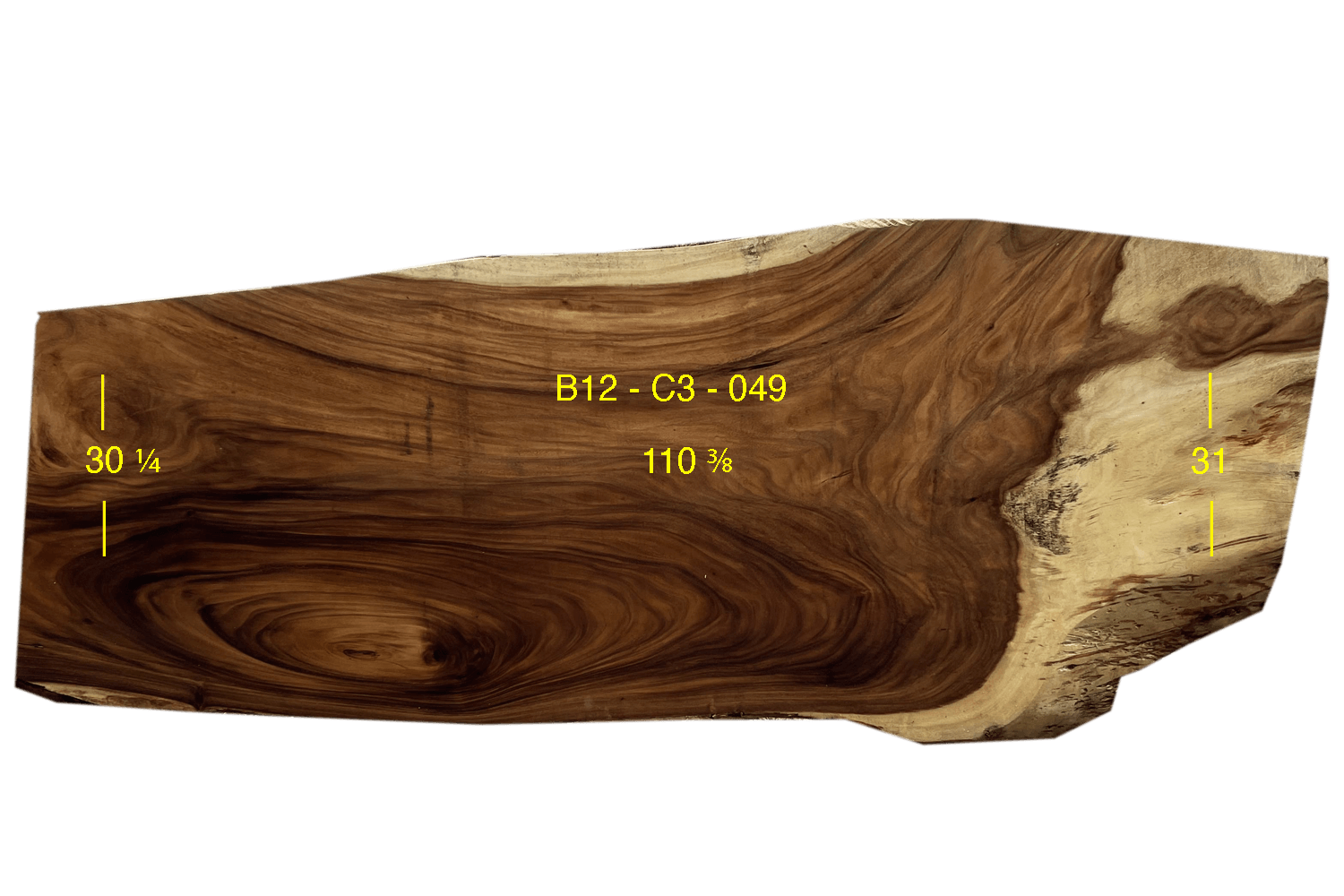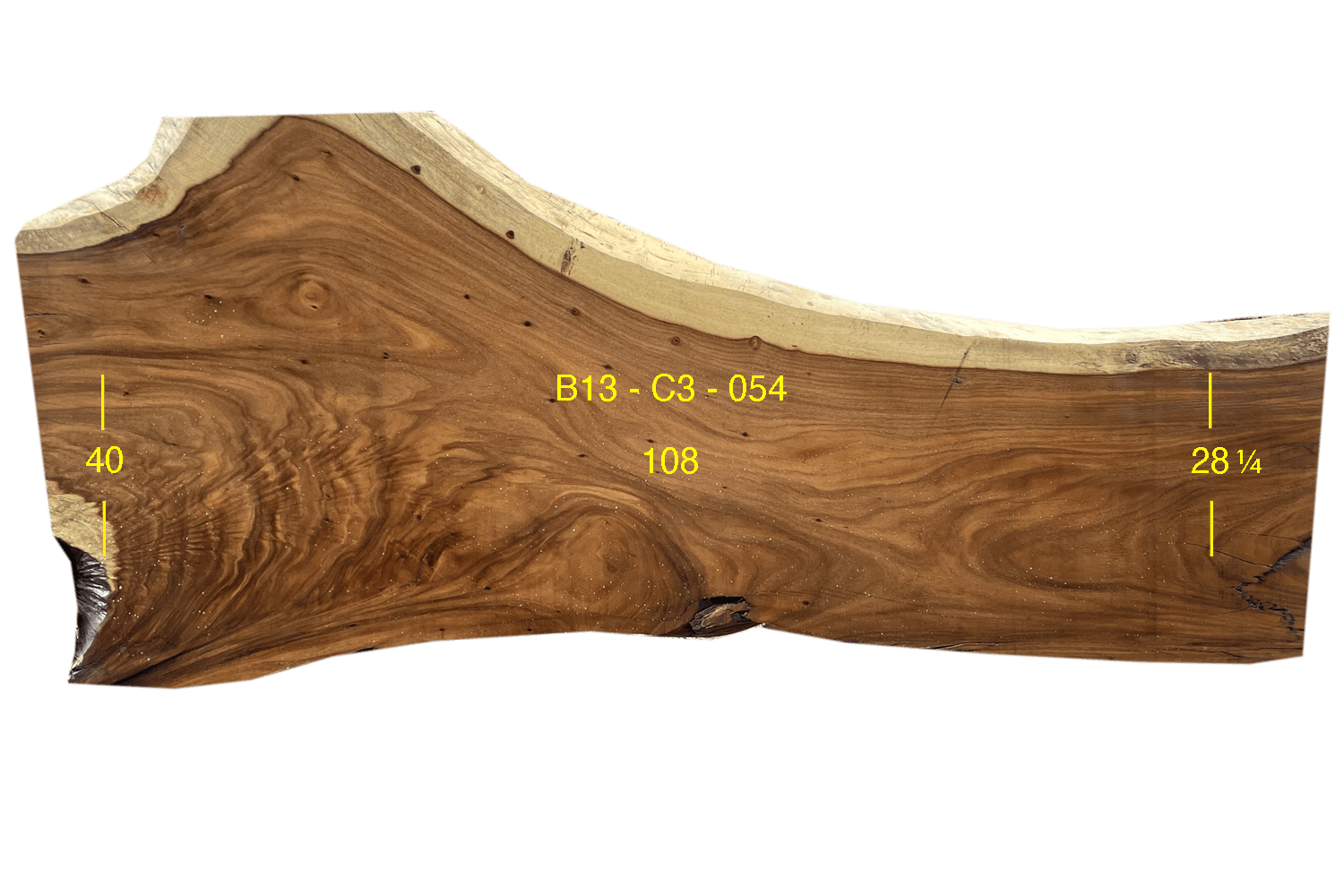What is a raw edge wood slab and how is it different from other types of wood?
A raw edge wood slab is a type of wood commonly used in woodworking projects, specifically for its unique and natural appearance. Unlike traditional lumber that has been processed and cut into uniform shapes, raw edge wood slabs are left in their natural state with the tree's outer edges intact. This means that the bark, knots, and imperfections of the tree are preserved, giving each slab its own distinct character.
One of the main differences between raw edge wood slabs and other types of wood is the way they are harvested. Traditional lumber is typically cut from trees that have been grown specifically for harvesting, while raw edge slabs come from salvaged or fallen trees. This adds an element of sustainability to using raw edge slabs in woodworking projects.
Another difference lies in the way these two types of wood are processed. Traditional lumber goes through a series of industrial processes such as sawing, kiln-drying, and planing to achieve a smooth and consistent surface. On the other hand, raw edge slabs undergo minimal processing to maintain their natural shape and texture.
Looking for material for your creative projects? We offer you a diverse selection of Parota and Monkey pod slabs, carefully chosen and prepared, take a look at our website!
Factors to consider when choosing a raw edge wood slab for your project
There are several factors to consider when selecting a raw edge wood slab for your woodworking project. The first factor is size. Raw edge wood slabs come in various sizes and dimensions, so it's important to determine the size you need for your specific project before making a purchase. Keep in mind that larger slabs will have more dramatic grain patterns and knots, while smaller ones may have a more subtle look.
The shape of the raw edge wood slab is also an essential aspect to consider. These slabs can be found in different shapes such as round, oval, rectangular, or irregular shapes. Depending on the design of your project, you may want to choose a specific shape that will complement it best.
Another critical factor when selecting a raw edge wood slab is the type of wood. Each species of tree has its unique characteristics and attributes that make them suitable for different projects. For example, oak is known for its strength and durability and is often used for furniture projects; whereas cherrywood has a beautiful reddish-brown color with distinctive grain patterns perfect for decorative pieces.
Do you want to know our facilities? Book a call and we will give you a tour of our store.
How to properly inspect and select a high-quality raw edge wood slab
Inspecting and selecting a high-quality raw edge wood slab can seem like a daunting task, but with some knowledge and careful inspection, you can find the perfect piece for your project. Here are some steps to help you properly inspect and select a high-quality raw edge wood slab:
1. Know your project requirements: Before even starting the selection process, it is important to have a clear understanding of what you need for your specific project. Consider factors such as size, shape, thickness, and type of wood that would work best for your design.
2. Look for structural integrity: The first thing you should check when inspecting a raw edge wood slab is its structural integrity. Ensure that there are no major cracks, holes or rotting areas on the surface or edges of the slab as these can greatly impact the stability and durability of the final product.
3. Check for moisture content: It is essential to check the moisture content of the slab before purchasing it as this can affect how it will behave during drying and processing. Use a moisture meter to determine if the slab has an appropriate level of moisture (around 6-8%) for woodworking projects.
4. Examine live edges: The live edges of a raw edge wood slab refer to the natural outer bark layer that remains on each side after trimming off excess bark from one side only. Inspect these edges closely as they add character to the piece but may also contain hidden defects such as insect damage or decay.
5. Look for interesting features: One of the main appeals of using raw edge slabs in woodworking is their unique and natural features. Take the time to examine the grain patterns, knots, burls, and other interesting characteristics that make each slab one-of-a-kind.
Want to learn more about our products? Explore our extensive inventory of slabs, each of which tells a unique story!
Creative ways to incorporate raw edge
While raw edge wood slabs can be used as tabletops or countertops with their natural shape and edges, there are also many creative ways to incorporate them into your woodworking projects. Here are some ideas to inspire you:
1. Floating Shelves: Raw edge wood slabs make perfect floating shelves for displaying plants, books, or other decorative items. The live edge adds an interesting detail to an otherwise simple shelf design.
2. Wall Art: Cut a raw edge wood slab into smaller pieces and arrange them in a pattern on a canvas frame for unique wall art. You can also use different stain colors to add more visual interest.
3. Serving Trays: Transform a raw edge slab into a beautiful serving tray by adding handles on each side using leather straps or metal hardware. This is perfect for entertaining guests or as a gift for a loved one.
4. Headboard: Create a stunning headboard by attaching two raw edge wood slabs together with hinges so it can be folded when not in use. The live edges will add texture and warmth to your bedroom.
5 .Coasters: Cut small slices from a raw edge slab and sand them down to create one-of-a-kind coasters that will protect your furniture while adding an organic touch.
6 .Candle Holders: Create unique candle holders by drilling holes into a raw edge slab and placing tea lights or small candles in them. This is an easy and inexpensive way to add some natural elements to your home.
We are a dedicated source for Parota and Monkey pod slabs. Connecting passionate woodworkers with exquisite and carefully selected materials. For more tips and information, follow us on Facebook and Instagram. Discover all our products at CostaRicaMill.com

